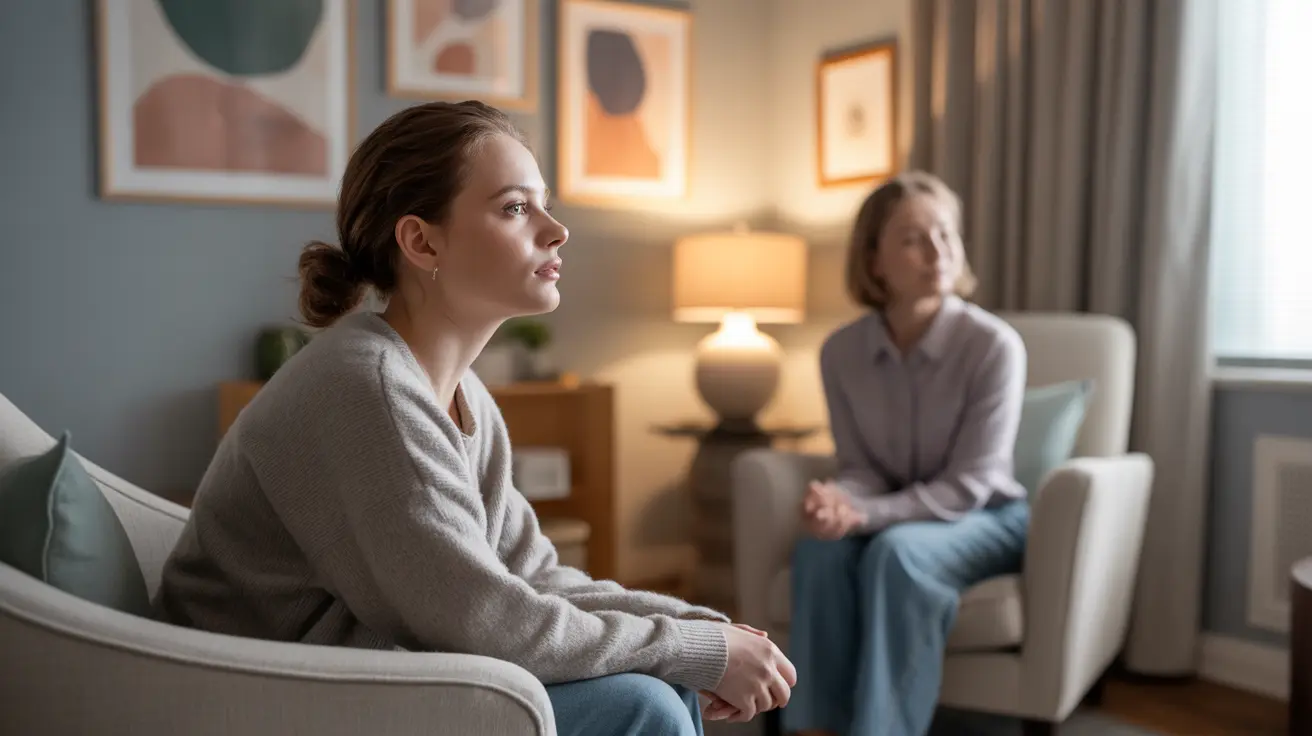Exposure therapy stands as a powerful psychological treatment that helps individuals overcome their fears, anxieties, and trauma-related disorders through carefully planned and guided exposure to anxiety-triggering situations. This evidence-based approach has helped countless people regain control of their lives and find relief from debilitating anxiety conditions.
Whether you're considering exposure therapy for yourself or seeking to understand its benefits for a loved one, this comprehensive guide will explain how this therapeutic approach works, its various types, and what to expect during treatment.
What is Exposure Therapy and How Does it Work?
Exposure therapy is a behavioral therapy technique that gradually exposes individuals to feared objects, situations, or memories in a safe, controlled environment. The primary goal is to reduce anxiety and fear responses through systematic desensitization, helping people learn that their feared situations aren't as dangerous as they believe.
This therapeutic approach works by activating the brain's natural habituation process, where repeated exposure to a feared stimulus leads to decreased anxiety over time. Through this process, individuals develop new, more realistic associations with their fears while learning effective coping strategies.
Types of Exposure Therapy
In Vivo Exposure
This direct form of exposure therapy involves facing fears in real-life situations. For example, someone with a fear of heights might gradually progress from standing on a first-floor balcony to visiting higher floors under their therapist's guidance.
Imaginal Exposure
During imaginal exposure, individuals vividly imagine the feared situation while in a safe environment. This technique is particularly useful for processing traumatic memories or addressing fears that can't be easily recreated in real life.
Virtual Reality Exposure
Using advanced technology, virtual reality exposure creates immersive, computer-generated environments where individuals can confront their fears. This modern approach offers a controlled, customizable setting for exposure therapy.
Interoceptive Exposure
This type focuses on facing feared physical sensations associated with anxiety, such as increased heart rate or dizziness. It's particularly effective for treating panic disorder and similar conditions.
Common Conditions Treated with Exposure Therapy
Exposure therapy has proven effective in treating various mental health conditions, including:
- Specific phobias (fear of heights, animals, flying)
- Post-traumatic stress disorder (PTSD)
- Social anxiety disorder
- Obsessive-compulsive disorder (OCD)
- Panic disorder
- Generalized anxiety disorder
The Treatment Process
Exposure therapy typically begins with a thorough assessment of the individual's fears and anxiety triggers. The therapist then creates a personalized "fear hierarchy," ranking situations from least to most anxiety-provoking. Treatment progresses gradually, starting with less challenging exposures and moving toward more difficult ones as the person builds confidence and coping skills.
Frequently Asked Questions
What conditions can exposure therapy effectively treat, such as anxiety disorders or PTSD?
Exposure therapy effectively treats various anxiety disorders, including specific phobias, PTSD, social anxiety disorder, OCD, and panic disorder. It's particularly successful in treating fear-based conditions where avoidance behavior is a primary symptom.
How does exposure therapy work, and what are the different types of exposure therapy?
Exposure therapy works by gradually exposing individuals to feared stimuli while helping them develop new, non-threatening associations. The main types include in vivo exposure (real-life situations), imaginal exposure (visualization), virtual reality exposure, and interoceptive exposure (physical sensations).
What are the benefits and potential risks of using exposure therapy for treating phobias or other anxiety disorders?
Benefits include significant reduction in anxiety and avoidance behaviors, improved quality of life, and long-lasting results. Potential risks include temporary increases in anxiety during treatment and emotional discomfort. However, these effects are typically manageable and decrease over time.
Is exposure therapy suitable for both adults and children, and what role does a therapist play in the process?
Yes, exposure therapy can be effective for both adults and children when properly adapted. The therapist plays a crucial role in assessment, creating personalized treatment plans, providing support and guidance during exposures, and teaching coping strategies.
How long does exposure therapy typically last, and what factors influence its effectiveness for reducing fear and anxiety?
Treatment duration varies but typically ranges from 8-16 sessions. Effectiveness depends on factors such as the severity of symptoms, commitment to treatment, willingness to face fears, and the quality of the therapeutic relationship. Some individuals may see improvements within a few sessions, while others might need longer treatment periods.




